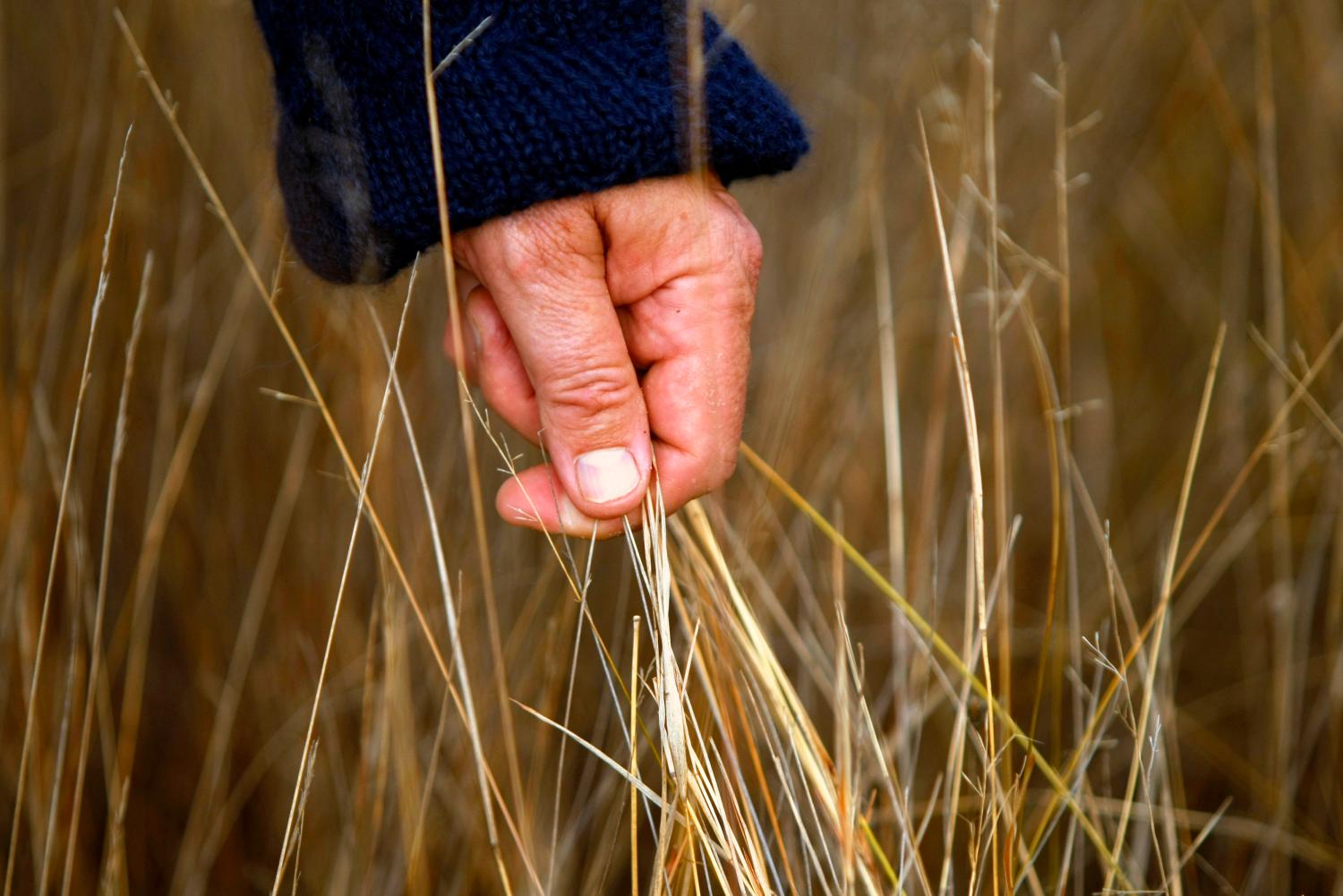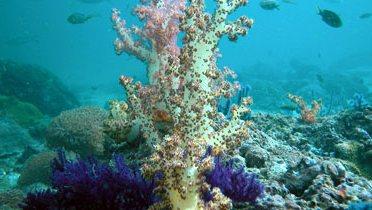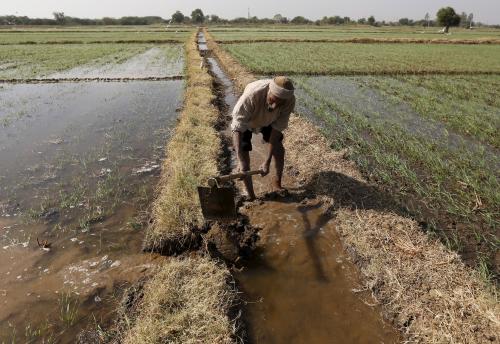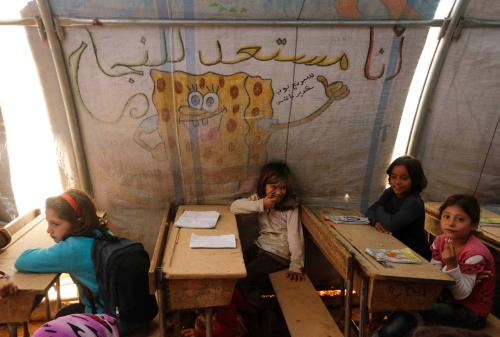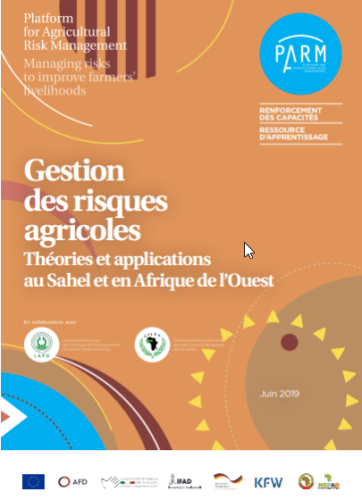One of global society’s foremost structural changes underway is its rapid aggregate shift from farmbased to city-based economies. More than half of humanity now lives in urban areas, and more than two-thirds of the world’s economies have a majority of their population living in urban settings. Much of the gradual movement from rural to urban areas is driven by long-term forces of economic progress. But one corresponding downside is that city-based societies become increasingly disconnected—certainly physically, and likely psychologically—from the practicalities of rural livelihoods, especially agriculture, the crucial economic sector that provides food to fuel humanity.
The nature of agriculture is especially important when considering the tantalizingly imminent prospect of eliminating extreme poverty within a generation. The majority of the world’s extremely poor people still live in rural areas, where farming is likely to play a central role in boosting average incomes. Agriculture is similarly important when considering environmental challenges like protecting biodiversity and tackling climate change. For example, agriculture and shifts in land use are responsible for roughly a quarter of greenhouse gas emissions.
As a single word, the concept of “agriculture” encompasses a remarkably diverse set of circumstances. It can be defined very simply, as at dictionary.com, as “the science or occupation of cultivating land and rearing crops and livestock.” But underneath that definition lies a vast array of landscape ecologies and climates in which different types of plant and animal species can grow. Focusing solely on crop species, each plant grows within a particular set of respective conditions. Some plants provide food—such as grains, fruits, or vegetables—that people or livestock can consume directly for metabolic energy. Other plants provide stimulants or medication that humans consume—such as coffee or Artemisia—but have no caloric value. Still others provide physical materials—like cotton or rubber—that provide valuable inputs to physical manufacturing.
One of the primary reasons why agriculture’s diversity is so important to understand is that it defines the possibilities, and limits, for the diffusion of relevant technologies. Some crops, like wheat, grow only in temperate areas, so relevant advances in breeding or plant productivity might be relatively easy to diffuse across similar agro-ecological environments but will not naturally transfer to tropical environments, where most of the world’s poor reside. Conversely, for example, rice originates in lowland tropical areas and it has historically been relatively easy to adopt farming technologies from one rice-growing region to another. But, again, its diffusion is limited by geography and climate. Meanwhile maize can grow in both temperate and tropical areas, but its unique germinating properties render it difficult to transfer seed technologies across geographies.
Given the centrality of agriculture in many crucial global challenges, including the internationally agreed Sustainable Development Goals recently established for 2030, it is worth unpacking the topic empirically to describe what the term actually means today. This short paper does so with a focus on developing country crops, answering five basic questions:
- What types of crops does each country grow?
- Which cereals are most prominent in each country?
- Which non-cereal crops are most prominent in each country?
- How common are “cash crops” in each country?
- How has area harvested been changing recently?
Readers should note that the following assessments of crop prominence are measured by area harvested, and therefore do not capture each crop’s underlying level of productivity or overarching importance within an economy. For example, a local cereal crop might be worth only $200 per ton of output in a country, but average yields might vary across a spectrum from around 1 to 6 tons per hectare (or even higher). Meanwhile, an export-oriented cash crop like coffee might be worth $2,000 per ton, with potential yields ranging from roughly half a ton to 3 or more tons per hectare. Thus the extent of area harvested forms only one of many variables required for a thorough understanding of local agricultural systems.
The underlying analysis for this paper was originally conducted for a related book chapter on “Agriculture’s role in ending extreme poverty” (McArthur, 2015). That chapter addresses similar questions for a subset of 61 countries still estimated to be struggling with extreme poverty challenges
as of 2011. Here we present data for a broader set of 140 developing countries. All tables are also
available online for download.
The Brookings Institution is committed to quality, independence, and impact.
We are supported by a diverse array of funders. In line with our values and policies, each Brookings publication represents the sole views of its author(s).

